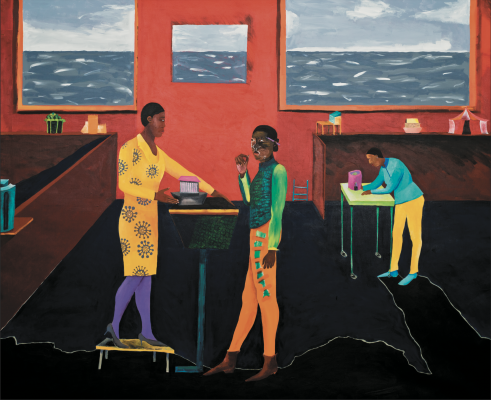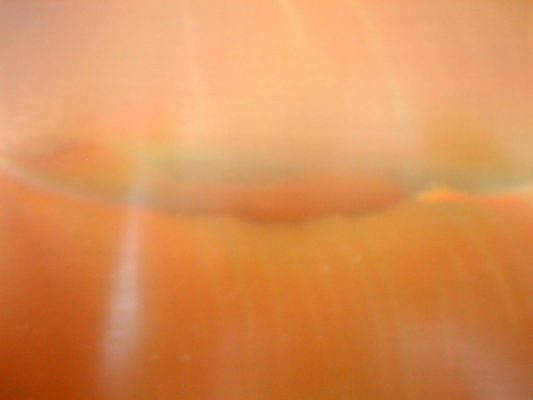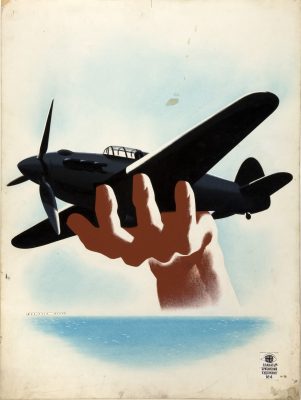‘All of our myths come out of looking at the stars and finding a metaphor for them’, says Ocean Vuong, interviewed in The White Review No.32. Speaking about Asian American literature, Vuong explains how the oral tradition has shaped his writing, and discusses myth-making as a powerful tool to help imagine, and build, alternate futures.
New legends, and the reinvigoration of the old, appear throughout this issue as a means of countering stereotype, critiquing the present and passing knowledge on.
Rebecca Liu’s essay ‘So You Have an Asian Mother’ contends with the representation of the Asian mother in fiction by examining the ‘tiger mom’ trope. Familial myth underpins Shane Jones’s story ‘Young Forest’, which immerses the reader in a brother’s psychological quest to rescue a sibling who has escaped into the woods. In ‘The Understory’, an extract from a forthcoming novel by Saneh Sangsuk, translated from Thai by Mui Poopoksakul, a monk relays legends to villagers around a fire. His stories are ornamented and crafted through retellings; they alter with each repetition, haunted by the decline of the forest and changes inflicted on rural communities, reaching for a new moral each time.
For their experimental translation project ‘Ovid Void’, Maria Stepanova and Eugene Ostashevsky return to Ovid’s poetry of exile, written after the Roman poet was banished to modern-day Romania. Stepanova began ‘paraphrasing’ Ovid’s melancholy verses in Russian while snowed-in at a winter cabin. Ostashevsky continued the process, adapting Stepanova’s translations into English. As the material passes through hands and languages, it speaks to many of the concerns of the day: isolation, censorship, climatic change.
‘The Chicken’ by RZ Baschir, winner of The White Review Short Story Prize 2021, sponsored by RCW, is a dark folktale in which women are treated as sexual livestock. Irenosen Okojie’s surreal fiction also twists and shifts the world as we know it; in an interview she discusses migration, memory and her determination to seek new literary forms. Replete with time-travelling monks and women who transform into liquorice, Okojie’s stories, like Baschir’s, are unsettling folktales about modern life.
Issue 32 also includes poetry by Raymond de Borja, James Giddings and Kandace Siobhan Walker, the winner of The White Review Poet’s Prize 2020, in partnership with CHEERIO. The artist Zach Blas discusses the weaponisation of technology and our willing exposure to systems of domination, Polly Barton writes an ode to the Japanese new-wave pop star and ‘insect woman’ Jun Togawa, and Lili Hamlyn examines the drive for immortality by way of cryogenics and posthumous sperm retrieval.
Interviewed for Issue 32, the artist Lubaina Himid speaks of the women of African descent who populate her paintings, the architects and city planners that are ‘deciding where the parks and lakes will be, where girls will be able to play outside’. One such painting, Three Architects (2019), depicting Black inventors, is the cover of the issue. Three figures are seen designing architectural maquettes in a workshop – boats, houses on stilts, structures for the future. Through their collaborative work they appear to pass on knowledge and shape the world to come.




